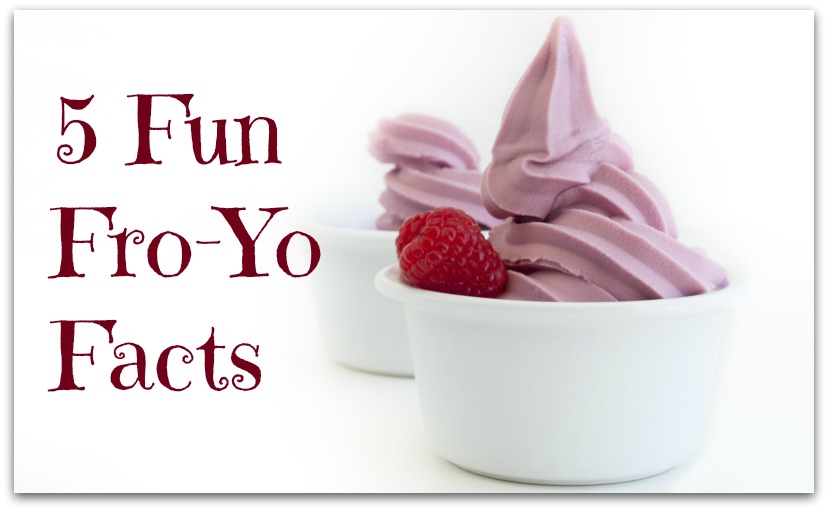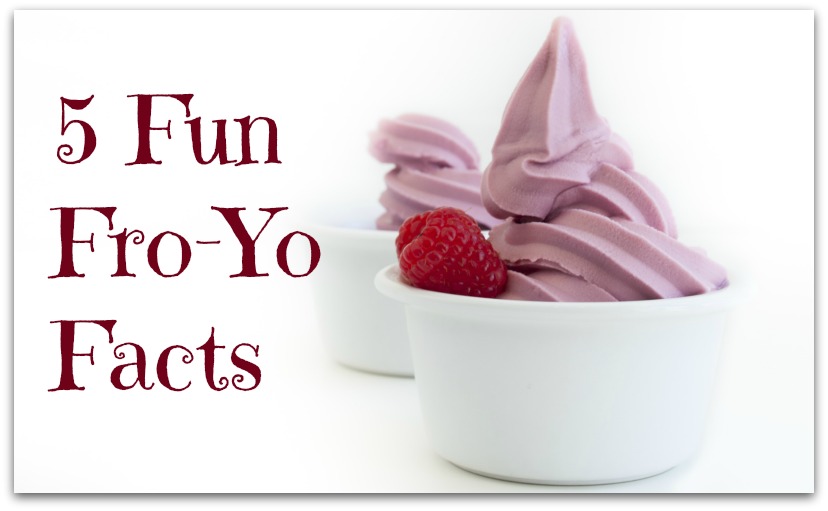Lots to learn about frozen yogurt.
Frozen yogurt isn’t just yogurt that’s been frozen and then dispensed through a soft-serve machine. If you put a carton of regular, store-bought yogurt into an ice cream machine, you’ll end up with a milky slush that doesn’t have the consistency of commercial fro-yo. (And if you put that churned yogurt into the freezer to harden it into an ice-cream-like consistency…you’ll end up with a weird brick of white stuff.)
Frozen yogurt took off in popularity in the 1980s as a supposedly healthier alternative to ice cream. But it’s not all that much healthier. For while it’s generally lower in fat than ice cream, the ingredient that chemically gives fro-yo an ice-cream-like consistency? Sugar. Lots of sugar. In fact, a serving of ice cream and a serving of frozen yogurt (unless it’s a special dietetic version) have about the same amount of sweetener. The science: sugar molecules block ice crystals from forming.
So what’s really in frozen yogurt? A bunch of processed dairy products and dairy byproducts, such as pasteurized nonfat milk, pasteurized buttermilk, whey, dry milk, and milk protein isolate. One ingredient used to provide creaminess and texture: carrageenan, an extract from seaweed.
Is frozen yogurt actually yogurt? Technically, and usually, yes. For a product to legally call itself yogurt, it has to include live yogurt cultures, and most commercial frozen yogurts do.
In the last decade, self-serve frozen yogurt parlors—they charge by weight, usually by the ounce—have become one of the most heavily franchised businesses in the country. They’ve got low overhead—just the cost of operating some frozen yogurt machines and one employee on the clock at a time to keep the toppings stocked. And it’s profitable: the yogurt is sold at a markup estimated at about 500 percent.









